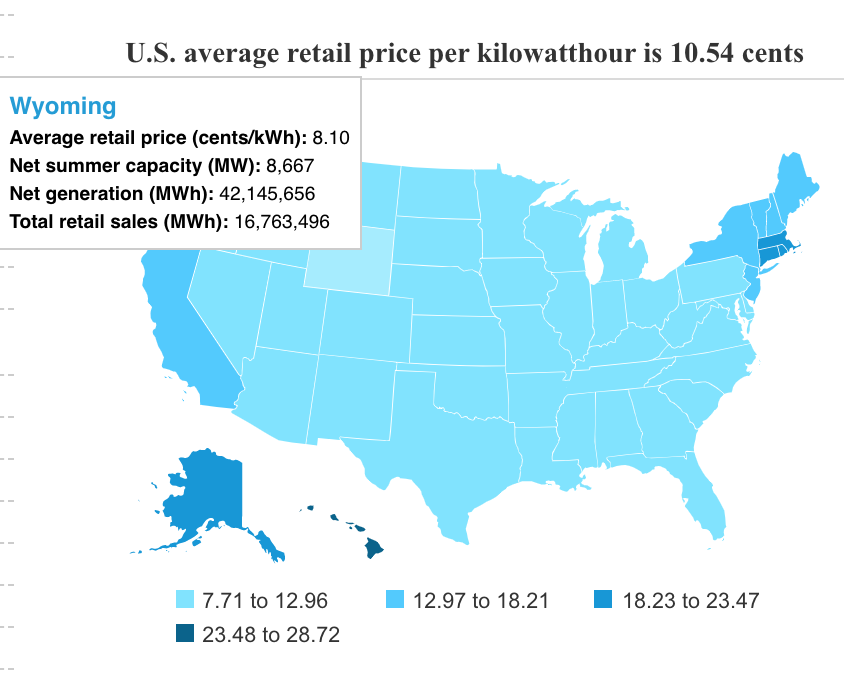During 2019, California was the largest in-state importer of electricity, with about 70,8 million of megawatt hours imported, which is equal to 25% of the total state’s supply, the Energy Information Administration (EIA) informed.
As electricity generation exceeds consumption in 25 states, the excess is traded among the states. According to EIA, nearly 10% of electricity generation in the country is traded this way; during 2019, California had the largest imports of electricity, while Pennsylvania had the largest exports.
Arizona and Utah were the main electricity trade points for California, in addition to hydro-powered electricity from the Pacific Northwest, sent across miles of high-voltage lines from Oregon to Los Angeles area.
This behavior could be explained by the high population of California, and the decline in coal use. According to official state’s data, California, in 2019, generated 277,704 gigawatt-hours.
Recommended for you: Wisconsin to have 200MW solar project by Invenergy
California, Ohio and Massachusetts, top importers
As for Pennsylvania, EIA accounted state’s generation capacity as the third-largest in the nation, only behind Florida’s and Texas’. While California’s generation is 57% non-carbonic (hydro-nuclear-renewables), Pennsylvania’s was natural gas fired in its majority.
According to EIA 43% was powered by natural gas and 36% by nuclear.
Ohio also highlights in EIA’s list, as the second net importer of electricity in 2019; which is explained by “Ohio’s large population, heavily industrial economy, and wide seasonal temperature variation create high electricity demand, which at times exceeds in-state generation.”


“States that imported the majority of their total electricity supply tended to be smaller, more population-dense states such as Massachusetts. Conversely, states that exported the majority of their total electricity supply tended to be geographically large, low-population density states such as Wyoming,” EIA’s report explains.
Although coal has been on a downtrend, still in some states it represents a large percentage of electricity generation; ranging from 51% in Montana to 91% in West Virginia; while Wyoming is the nation’s largest coal-producing state. In contrast, after coal, the second-largest source for power in Wyoming, West Virginia, North Dakota and Montana, was renewable energy.

